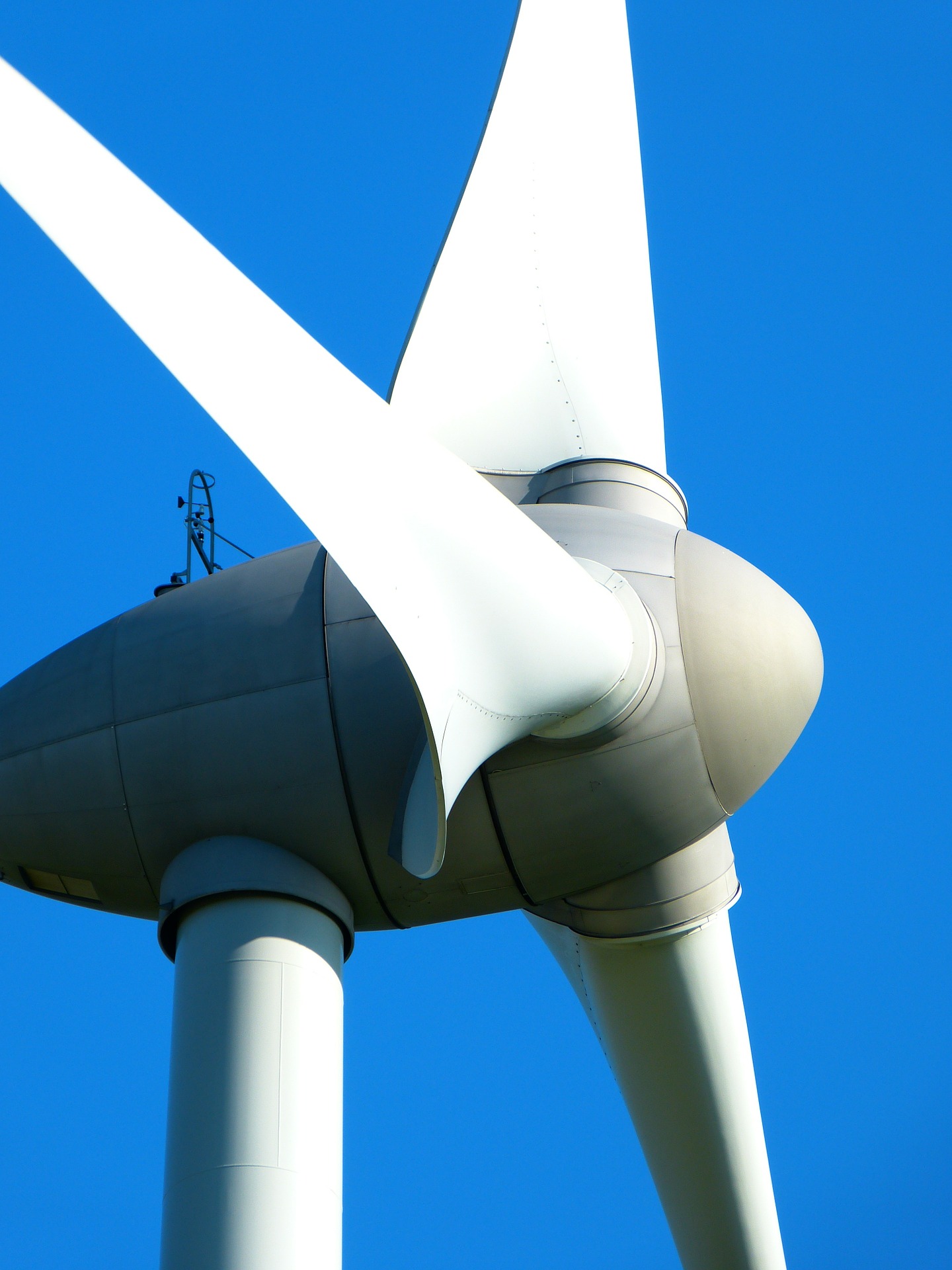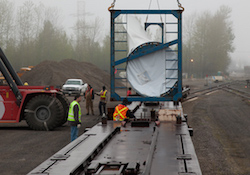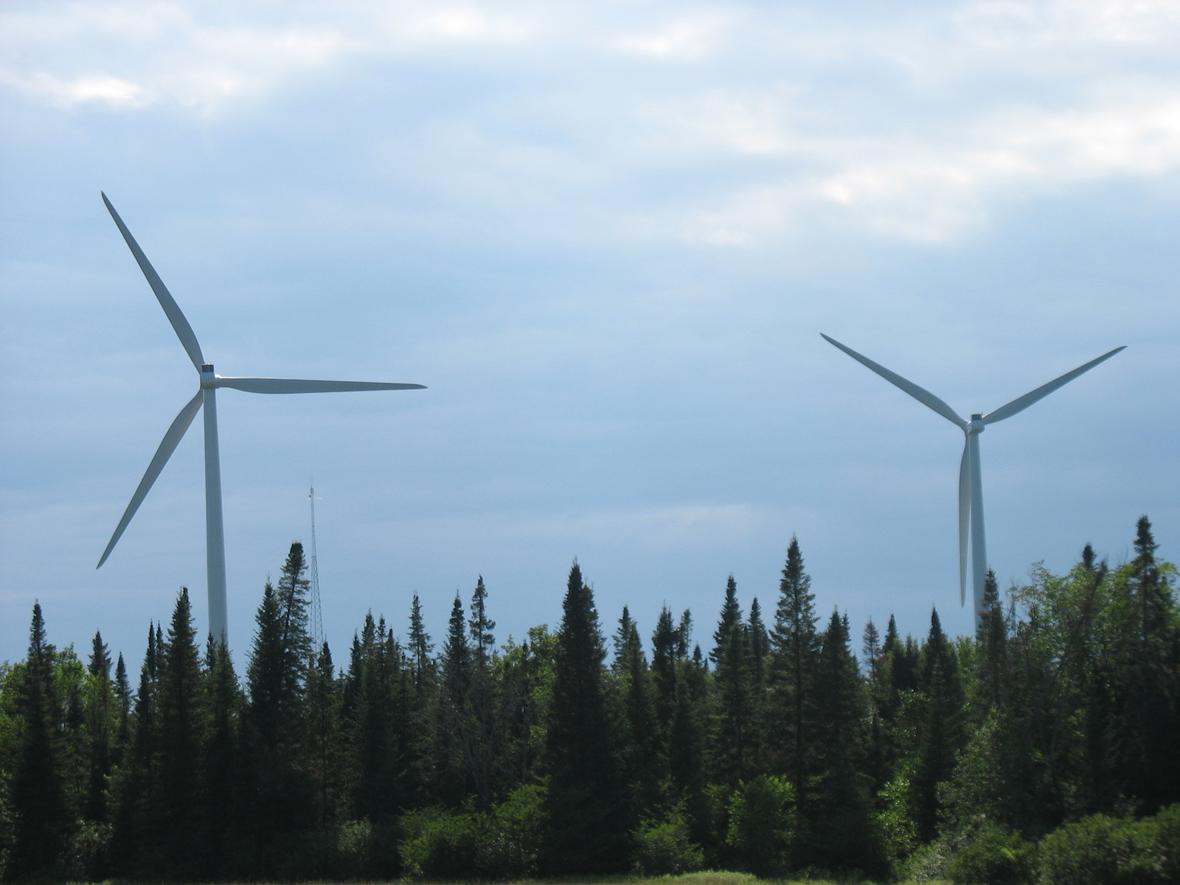U.S. Desert Plan (DRECP) Hurts Building Renewable Energy Projects in California
While California has a lot to offer any wind energy developer, pending legislation may soon change that dramatically.
DRECP was designed to help protect the state's environment but may actually set its progress back considerably.
What Is the DRECP?
The DRECP (Desert Renewable Energy Conservation Plan) is an Environmental Impact Report/Environmental Impact Statement (EIR/EIS) initiative that covers 22.5 million acres of land in California.
Its main goals are:
- Restore, preserve, and enhance natural ecosystems and communities and protect sensitive species
- Conserve and enhance other natural resources and values of BLM (Bureau of Land Management) lands (e.g. cultural resources, visual landscapes, recreation opportunities, etc.)
- Identify suitable sites for utility-scale renewable energy projects
- Simplify environmental reviews and the permit processes required by those areas
The overall goal of streamlining the development of renewable energy sites in this area and conserving critical desert ecosystems is supported by three initiatives:
- A Natural Community Conservation Plan (NCCP)
- A General Conservation Plan (GCP)
- BLM Land Use Plan Amendments
While the goals of the DRECP are clearly well intentioned, the execution is making it difficult to develop clean energy projects.
SB 100 Bill Would Require Clean Energy While Impeding Its Development
Although this landmark bill was already passed by the California State Senate, SB 100 is pending consideration by the California Assembly. The bill would ensure that the Golden State runs on 100% clean, renewable energy by 2045.
At the moment, California has a mandate to derive 50 percent of its electricity from renewable resources by 2030. If SB 100 passes, the new timetable would look like this:
- 45% by 2023
- 50% by 2026
- 60% by 2030
Once again, these goals were made with the best of intentions. The problem is that, in order to reach them, California will need to develop more energy projects.
Unfortunately, some of DRECP's regulations are standing in the way.
DRECP Provides Insufficient Land Allocation for Wind Energy Generation
Of the 22 million acres set aside for the DRECP, 9 million will be used for conservation and recreation.
Fewer than 400,000 acres will be open for renewable energy exploration. At most, only 121,000 acres can be used for wind energy developer projects.
Previously, approximately 3 million acres in the area covered by the DRECP were available for both solar and wind production. DRECP would make this land off-limits.
These limitations provide an almost insurmountable challenge to the wind energy developer community. The ambitious milestones required to reach 100 percent clean energy by 2045 require far more space to build wind generation sites.
At the same time, the BLM has been very generous to other forms of energy. According to Nancy Rader, the executive director of the California Wind Energy Association (CalWEA), 80 percent of BLM land in California is available to gas and oil companies for development. This kind of allocation, she points out, is not consistent with the government's commitment to breaking our country's reliance on fossil fuels.
CalWEA has stated that, if the plan passes in its current form, approximately 80 percent of the best BLM land for wind energy development - which are really the best in the entire state - will be eliminated.
Furthermore, CalWEA believes that the proposal will only manage to produce 1,000 MW of wind capacity. This is not nearly enough to reach the state's ambitious goals for renewable energy. About 7,000 MW of wind energy out of portfolio of nearly 19,000 MW worth of new sources are required for California to cost-effectively meet these targets.
How the Need for Wind Development Advancements Would Be Affected
 Even if the allocation of land were not such a stifling problem, other parts of the DRECP would be; specifically, the plan would put rigid restrictions on what kinds of advancements in wind generation technology would be acceptable.
Even if the allocation of land were not such a stifling problem, other parts of the DRECP would be; specifically, the plan would put rigid restrictions on what kinds of advancements in wind generation technology would be acceptable.
Such advancements could go a long way toward reducing the minimal impact a wind energy developer currently has on the environment.
Along the same lines, future technology is expected to help wind energy generation sites and wildlife coexist, something that should fit right into the stated goals of DRECP. This would also make it permissible to use many of the areas the plan has marked off for conservation, as sites for wind generation, since wildlife would remain undisturbed.
The Threat of Climate Change
While one of DRECP's main goals is to save desert wildlife and other natural resources, the limitations it places on energy project development in the Golden State is a much larger threat.
If California cannot meet its power requirements through renewable means, its wildlife and natural resources will suffer far greater consequences due to climate change, than those posed by a wind energy developer building new sites to harvest clean energy.
Renewable Energy Will Always Have an Impact
There is no way of generating renewable energy without making some kind of impact. It is simply a question of minimizing that impact as much as possible. Wind energy is clearly the best option available.
Wind energy does not cause air pollution, and it's unimaginable that a wind energy developer will spill oil that goes on to destroy millions of plants and animals.
The renewable energy industry holds itself to a very high ethical standard and does its best to minimize the impact it does have, which is already small to begin with.
Yet wind energy's potential is very real. If sufficient land is made available for development, California could definitely reach the goals put forth by SB 100.
The problem is that not enough people factor in the very real ramifications of climate change when they are deciding how to balance a wind energy developer's plan and the need for conservation.
DRECP May Do More Harm than Good
Unless lawmakers understand these key points about how DRECP limits a wind energy developer from helping the state meet its  renewable energy goals, the entire plan will probably do more harm than good.
renewable energy goals, the entire plan will probably do more harm than good.
The good news is that the technology and amount of wind required for California to run on 100% renewable energy is there. If lawmakers can appreciate the potential that DRECP has in time to make necessary changes, there is no reason the state cannot lead the country toward a cleaner future.
Susy Bento is the marketing and communications specialist for Alcen Renewable.
Alcen Renewable | www.alcenrenewable.com
Volume: 2017 July/August










.jpg?r=8317)

